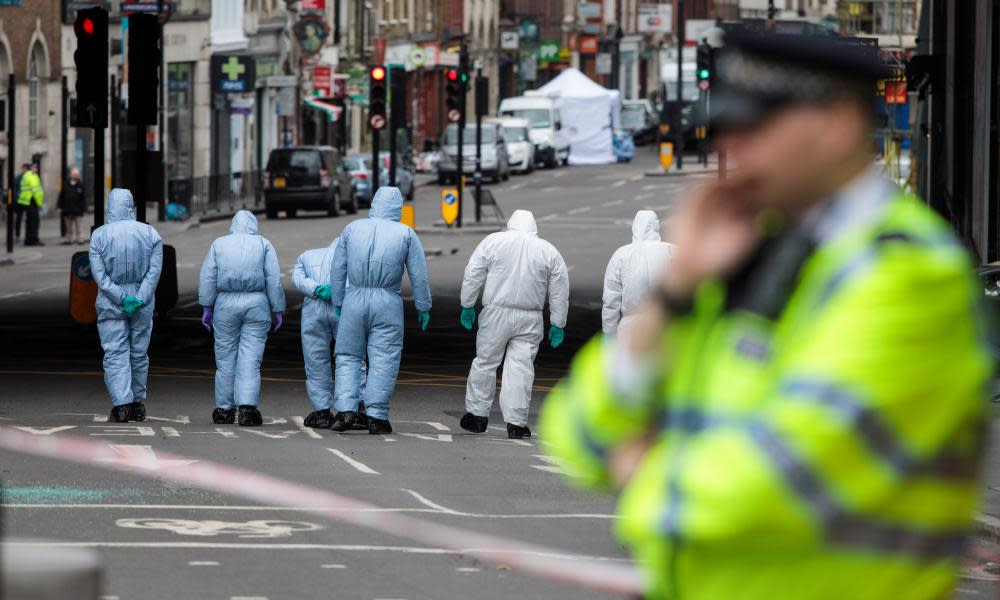Police put emphasis on accuracy amid pressure to identify attack victims

Five days after the London Bridge attack, families were still waiting for loved ones to be formally identified as victims.
Those confirmed to have died have now been named by relatives, but police continue to say “formal identification awaits” for all of the victims.
There has been criticism over the perceived delay, after families frantically called hospitals and posted pleas for information on social media in the days after the attack.
The Spanish government said the failure of British authorities to provide details of the fate of Spaniard Ignacio Echeverría to his family was “a situation that isn’t far off being described as inhumane”.
Sarah Jenkins, who had to wait 11 days after the 7 July 2005 attacks in London for confirmation that her daughter had died, said she was angry and disappointed to see other families go through similar agony after the recent attacks in Manchester and London.
“People were still visiting hospitals with no results. Mothers were still crying in the streets with photographs of their daughters, saying frantically: ‘Has anyone seen this child?’” she told the BBC.
“I don’t think anybody in the day and age of fast communication should be out on the street with a photograph of their daughter or son.”
Police say the “painstaking work” is carried out as quickly as possible while adhering to strict guidelines to ensure accuracy.
Dorset’s chief constable, Debbie Simpson, the National Police Chiefs’ Council (NPCC) lead for UK disaster victim identification, said she understood the process could be frustrating for loved ones but the aim was to provide “honest and, as far as possible, accurate information”.
Families of missing people were contacted as soon as possible for information to help in identifying them, she told the Press Association.
Following guidelines outlined in detail in a document on disaster victim identification from the College of Policing, investigators attempt to identify victims by at least one of three “primary investigation methods” – fingerprints, DNA and teeth.
“Secondary” features such as tattoos, scars or medical implants are less reliable but are considered with “supporting information” such as clothing and jewellery.
After a major incident such as a terrorist attack, a senior identification officer works with a coroner to recover and identify the dead. A police family liaison officer then plays a vital role acting as support and go-between between the police and families.
“They are told what is happening, why it’s taking so long and the purpose of us doing what we are doing,” said Simpson. “So while it is incredibly frustrating … it’s that constant dialogue we hope shows we are caring, respecting and wanting to do it as quickly as possible, but with that caveat that actually a mistaken identity, making assumptions, would cause more trauma to that family or another.”

 Yahoo News
Yahoo News 
